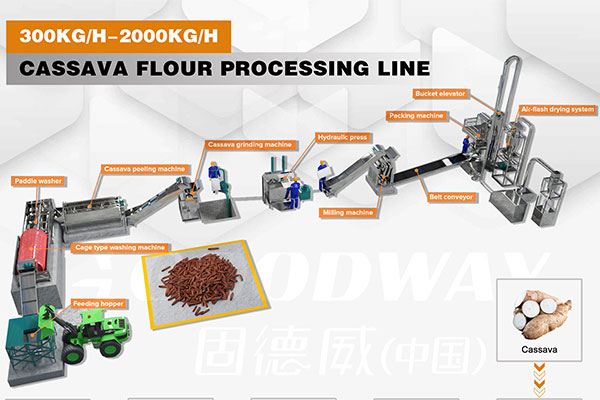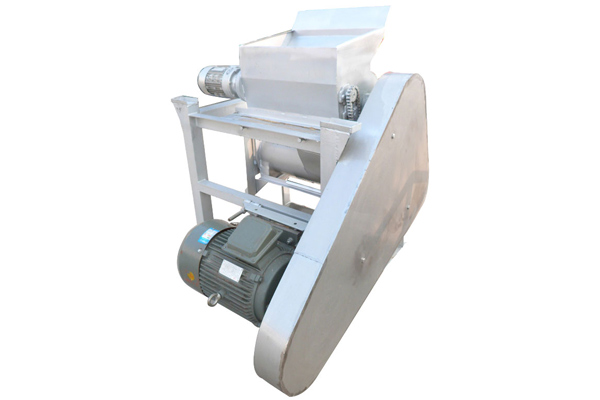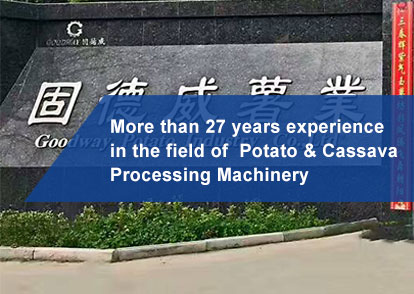Sweet potato is a crop that naturally maintains hybrid superiority. It is drought-resistant, barren, high-yielding and stable. It is one of the world's main food crops, as well as an important feed crop and industrial raw material. Sweet potatoes can be processed into starch, sugar, alcohol, citric acid and other products through appropriate methods. At present, sweet potato processing is the most common in rural areas, and it is an important means for farmers to increase income and become rich.
1. Pollution problems in sweet potato processing in rural areas
What followed was the waste water and environmental pollution caused by the processing of sweet potato starch in rural areas. Because the sweet potato processing mode in rural areas is more traditional, the method of extraction of starch from sweet potato is extensive and backward, the starch processing equipment used is low in automation, and the production water consumption is large, but the powder extraction rate is low and the quality is poor, resulting in huge starch wastewater discharge.
Based on the scale of water consumption of more than 10 tons per ton of fresh potatoes processed, it is conceivable that small workshop-style sweet potato processing will bring serious environmental pollution problems.
During the peak season for concentrated processing of sweet potato starch, about 1.8 million tons of high-concentration starch wastewater are directly discharged into river water bodies without any sewage treatment measures. After crushing and filtering, the sweet potato starch is separated from the waste residue wastewater. The organic load of starch wastewater is high, the COD concentration is as high as 5000-10000mg/L, the ammonia nitrogen content reaches 30-100mg/L, and the SS reaches 2000-3000mg/L.
The discharge of a large amount of starch wastewater caused the river waters to become black and smelly. The water quality indicators such as ammonia nitrogen and COD exceeded the standard seriously. The lack of oxygen in the water caused the extinction of fish and shrimps, and the water quality ecosystem was severely damaged.
2. Technical requirements for sweet potato processing equipment in rural areas
Discharge of wastewater from home workshop-style sweet potato processing is scattered. The cost of treatment of starch wastewater from one household is too high, and it is difficult to conduct centralized and effective treatment; on the other hand, the family-style sweet potato processing equipment is simple, the technology is backward, the starch yield, and the starch quality are low and difficult to guarantee.
Therefore, in order to change the high-pollution production method of extraction of starch from sweet potato in rural household workshops, it is necessary to develop clean production technology suitable for large-scale sweet potato processing in rural areas and to replace and use modern sweet potato processing equipment. Thereby, the filter powder rate and the recycling rate of water resources are improved, and the generation of starch wastewater is greatly reduced.
The cost of supporting low-cost wastewater treatment equipment suitable for sweet potato processing households in rural areas should not be too high. It can realize the irrigation and utilization of starch wastewater tail water, greatly reduce the discharge of starch wastewater, increase the yield and quality of sweet potato starch, improve the economic benefits of starch production, increase farmers' income, and promote the low-polluting sweet potato starch production model.

 EN
EN
 fr
fr  es
es  it
it  pt
pt 







